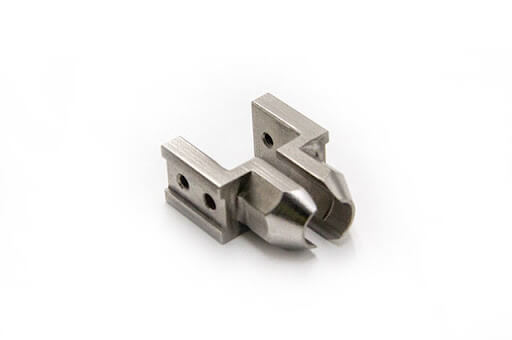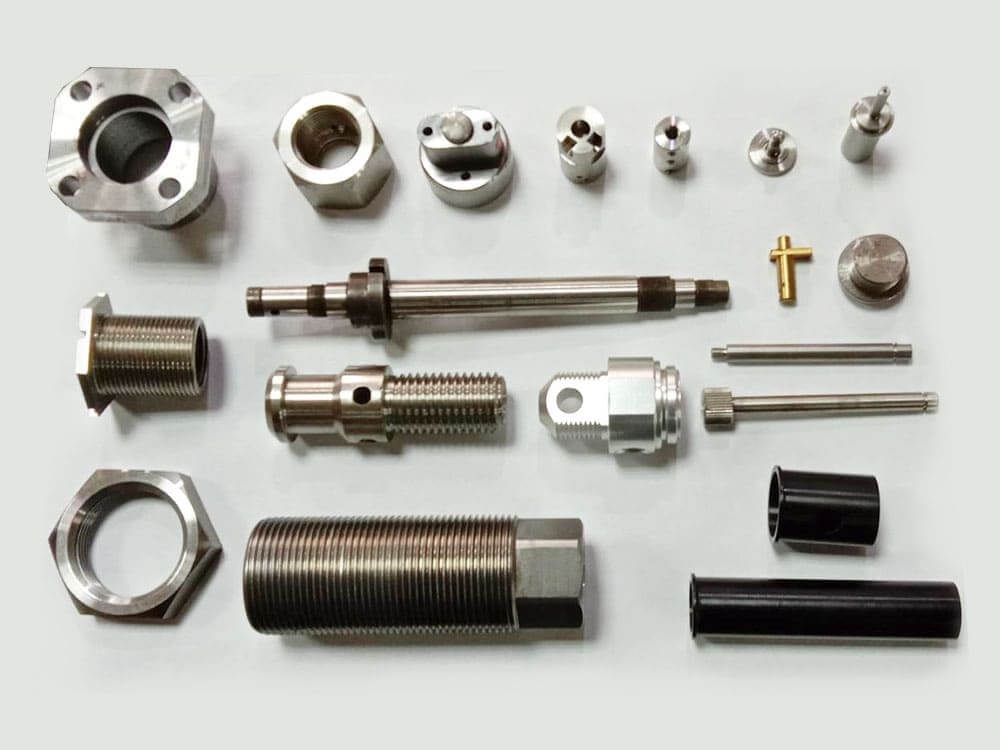The History of CNC Precision Machining: From Manual to Automated Processes
The history of CNC precision machining is a fascinating journey that has revolutionized the manufacturing industry. It has come a long way from the earliest manual machining to today’s highly automated systems. This article will explore the evolution of CNC precision machining, highlighting the key milestones that have influenced its development.
In the early days of machining, operators relied on manual techniques to shape and cut materials. This requires a high level of skill and precision, as the operator must manually control the movement of the cutting tool. And, because it is so time-consuming, it results in limitations on the complexity of shapes that can be produced.
The introduction of computer numerical control (CNC) technology in the 1950s marked an important turning point in the history of precision machining. Because CNC machine tools are equipped with computer controls, they can achieve greater accuracy and repeatability. It also means complex shapes can be produced easily, opening up new possibilities for manufacturers.
The Evolution and Future of CNC Precision Machining
Over the years, advancements in computer technology and automation have further enhanced the capabilities of CNC precision machining. The integration of CAD/CAM software has made it possible to design intricate parts and program CNC machines to produce them. This has greatly reduced the reliance on manual intervention, resulting in faster production times and improved efficiency.
One of the key advantages of CNC precision machining is its ability to produce highly accurate and consistent parts. The computerized controls ensure that each piece is manufactured to the exact specifications, eliminating human error. This level of precision is crucial in industries such as aerospace and medical, where even the slightest deviation can have serious consequences.

Another significant development in CNC precision machining is the introduction of multi-axis machines. Traditional CNC machines were limited to three axes of movement (X, Y, and Z), which restricted the types of shapes that could be produced. However, with the advent of multi-axis machines, manufacturers can now create complex geometries with ease. These machines are capable of simultaneous movement along multiple axes, allowing for intricate cuts and contours.
In recent years, the rise of additive manufacturing, also known as 3D printing, has had a profound impact on CNC precision machining. While 3D printing offers its own set of advantages, such as the ability to create complex geometries and reduce material waste, it is not suitable for all applications. CNC precision machining, on the other hand, excels in producing high-quality, durable parts that meet stringent industry standards.
Looking ahead, the future of CNC precision machining is bright. Advancements in automation, robotics, and artificial intelligence are set to further enhance the capabilities of CNC machines. These technologies will enable manufacturers to achieve even greater levels of efficiency, accuracy, and productivity.
In conclusion, the evolution of CNC precision machining has been a remarkable journey. From manual processes to highly automated systems, CNC precision machining has transformed the manufacturing industry. With each technological advancement, the capabilities of CNC machines have expanded, allowing for the production of increasingly complex and precise parts. As we look to the future, it is clear that CNC precision machining will continue to play a vital role in shaping the world of manufacturing.
